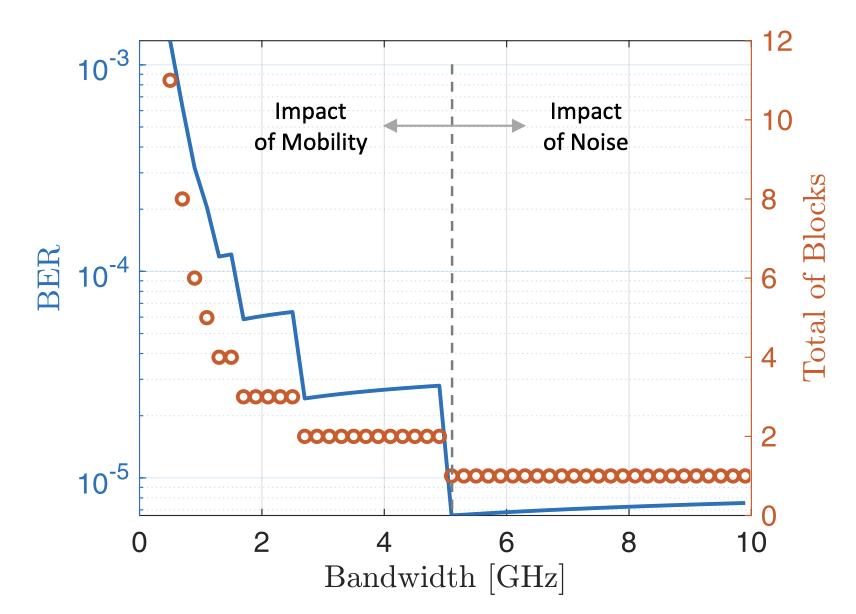Literature Database Entry
dressler2006benefits
Falko Dressler, "Benefits of Bio-inspired Technologies for Networked Embedded Systems: An Overview," Proceedings of Dagstuhl Seminar 06031 on Organic Computing - Controlled Emergence, Schloss Dagstuhl, Germany, January 2006.
Abstract
The communication between networked embedded systems has become a major research domain in the communication networks area. Wireless sensor networks (WSN) and sensor/actuator networks (SANET) build of huge amounts of interacting nodes build the basis for this research. Issues such as mobility, network size, deployment density, and energy are the key factors for the development of new communication methodologies. Self-organization mechanisms promise to solve scalability problems - unfortunately, by decreasing the determinism and the controllability of the overall system. Self-Organization was first studied in nature and its design principles such as feedback loops and the behavior on local information have been adapted to technical systems. Bio-inspired networking is the keyword in the communications domain. In this paper, selected bio-inspired technologies and their applicability for sensor/actuator networks are discussed. This includes for example the artificial immune system, swarm intelligence, and the intercellular information exchange.
Quick access
Authors' Version ![]() (PDF on this web site)
(PDF on this web site)
BibTeX ![]()
Contact
BibTeX reference
@inproceedings{dressler2006benefits,
author = {Dressler, Falko},
title = {{Benefits of Bio-inspired Technologies for Networked Embedded Systems: An Overview}},
publisher = {Schloss Dagstuhl},
address = {Schloss Dagstuhl, Germany},
booktitle = {Dagstuhl Seminar 06031 on Organic Computing - Controlled Emergence},
month = {1},
year = {2006},
}
Copyright notice
Links to final or draft versions of papers are presented here to ensure timely dissemination of scholarly and technical work. Copyright and all rights therein are retained by authors or by other copyright holders. All persons copying this information are expected to adhere to the terms and constraints invoked by each author's copyright. In most cases, these works may not be reposted or distributed for commercial purposes without the explicit permission of the copyright holder.
The following applies to all papers listed above that have IEEE copyrights: Personal use of this material is permitted. However, permission to reprint/republish this material for advertising or promotional purposes or for creating new collective works for resale or redistribution to servers or lists, or to reuse any copyrighted component of this work in other works must be obtained from the IEEE.
The following applies to all papers listed above that are in submission to IEEE conference/workshop proceedings or journals: This work has been submitted to the IEEE for possible publication. Copyright may be transferred without notice, after which this version may no longer be accessible.
The following applies to all papers listed above that have ACM copyrights: ACM COPYRIGHT NOTICE. Permission to make digital or hard copies of part or all of this work for personal or classroom use is granted without fee provided that copies are not made or distributed for profit or commercial advantage and that copies bear this notice and the full citation on the first page. Copyrights for components of this work owned by others than ACM must be honored. Abstracting with credit is permitted. To copy otherwise, to republish, to post on servers, or to redistribute to lists, requires prior specific permission and/or a fee. Request permissions from Publications Dept., ACM, Inc., fax +1 (212) 869-0481, or permissions@acm.org.
The following applies to all SpringerLink papers listed above that have Springer Science+Business Media copyrights: The original publication is available at www.springerlink.com.
This page was automatically generated using BibDB and bib2web.

